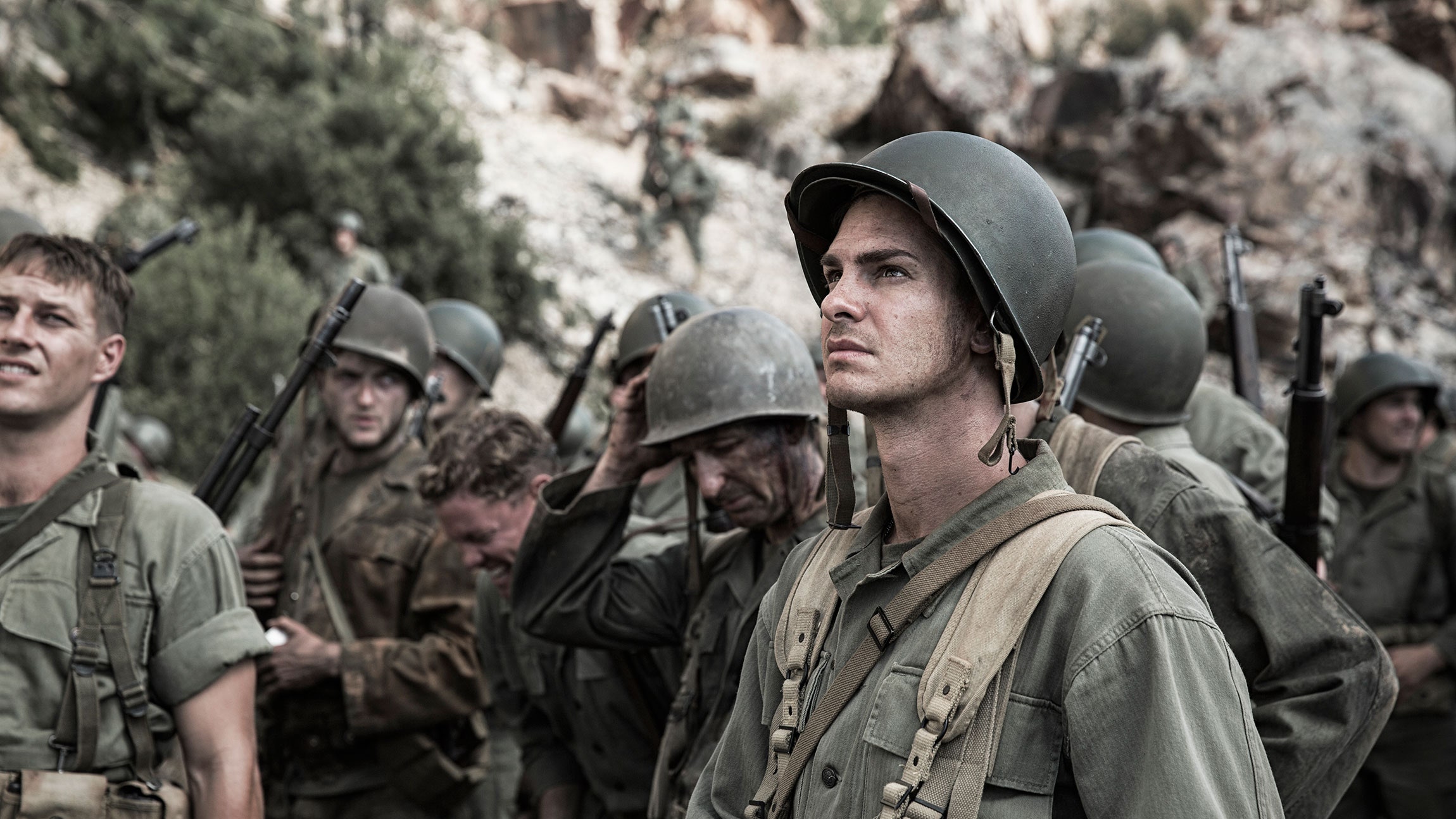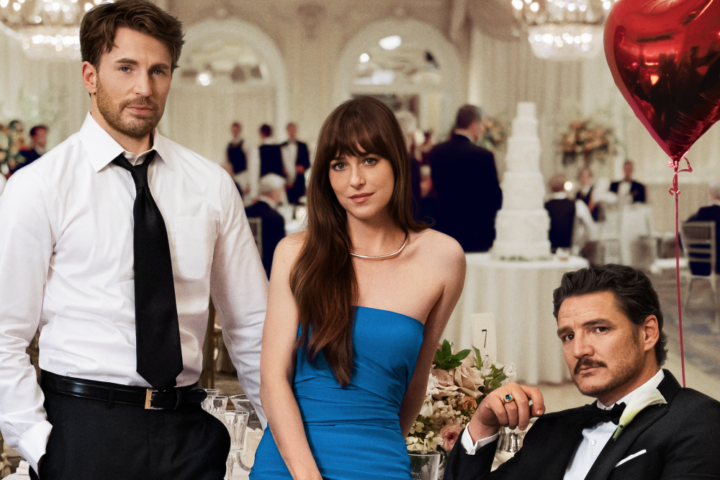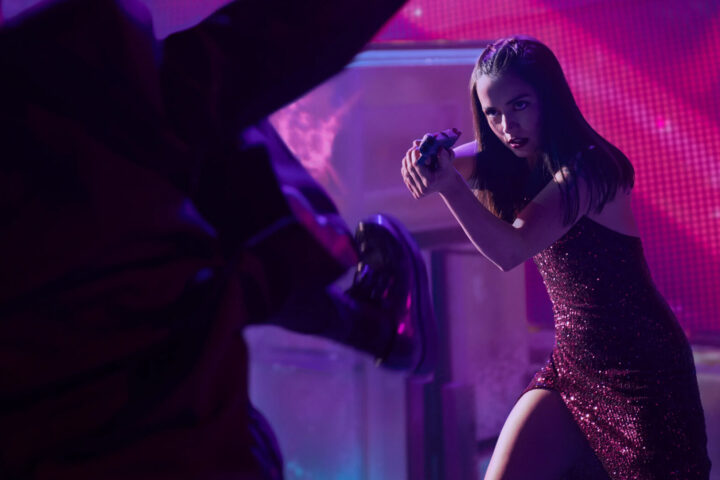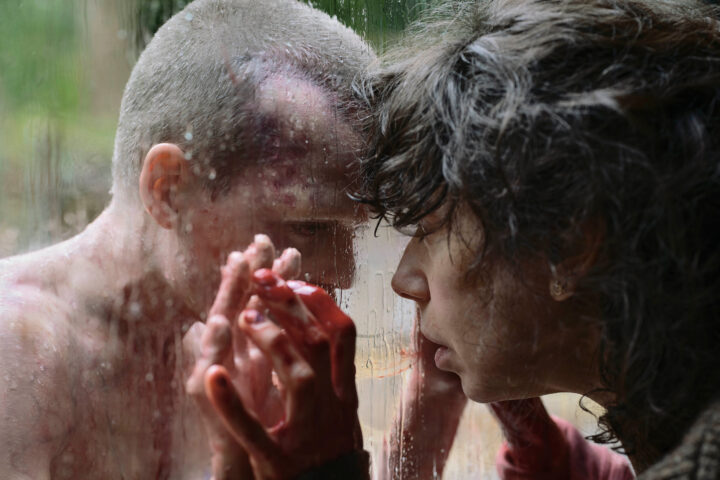They don’t make them like they used to, except when they do. Hacksaw Ridge is one of the year’s best-constructed, most passionate movies, a true story of uncommon bravery both on and off the World War II battlefield, one of a conscientious objector who nonetheless enlisted and faced persecution from fellow soldiers and ferocity from the Japanese at Okinawa, where his heroics made him one of America’s most revered war heroes—without so much as picking up a rifle. It is a movie that is old-fashioned, epic, impeccably made, acted with great conviction and one that sweeps you away, first in its romance and then in its bloody fog of war. It really is that good.
Mel Gibson, its assured director, was all but hidden in the picture’s pre-release marketing campaign, but there is no disguising his masterful authority in every frame. It is the finest war film in decades, surpassing even Steven Spielberg’s canonized Saving Private Ryan, oft heralded for its opening 20 minutes. There are 131 minutes to Hacksaw Ridge and not one wasted.
A revelatory Andrew Garfield is Desmond Doss, country boy from the Blue Ridge Mountains of Virginia who joins the military a Seventh Day Adventist with a strict personal code and aversion to violence, refusing to pick up a gun but anxious to serve his country.
An early childhood episode posits young Desmond (Darcy Bryce) and brother Harold (Roman Guerriero) as a rough-and-tumble Cain and Abel, running the mountain cliffs to gaze at beautiful views until fisticuffs result in Desmond critically wounding his brother with a brick. This incident, which rocks a family that includes an alcoholic war vet patriarch (Hugo Weaving) and god-fearing mother (Rachel Griffiths), immediately forms Doss’ “though shalt not kill” ideology of pacifism, reinforced by his devotion to the principles of his beloved, long-suffering mom.
Sixteen years later the country is again in the grips of war, and after Pearl Harbor entices Harold (Nathaniel Buzolic) to enlist (a terrific scene for Weaving), Desmond follows suit after a serendipitous meeting with an army nurse, Dorothy, beautifully played by Teresa Palmer with the right mix of pluck and heartbreak. Their sweet courtship, which lights aglow Garfield’s mile-wide boyish grin, anchors the horrors to come later and gives their scenes together an irresistible, old-fashioned charm. Their proposal scene—involving a slap and a request—is unabashedly sweet.
Doss’ dreams of being a doctor translate into his call to be an army medic, and after enlisting at Fort Jackson, he causes a ruckus in the barracks, populated with the kind of charming archetypes one might expect (the handsome one, the short one, the skinny one) in a movie made about the 1940s that also feels like it was made in the 1940s.
Despite having perhaps the most stamina, Doss immediately runs into trouble for his refusal to carry a rifle in training, obviously unorthodox and unacceptable to both his drill sergeant (Vince Vaughn, terrific) and superior officer (Sam Worthington), who see Doss’ conscience as an ethical quagmire, as do the other men—if he won’t carry a rifle into battle, he certainly can’t be trusted to save anyone’s hides, right?
This, of course, leads to both beatings and ostracism for underdog Doss, and while his fortitude ultimately wins over tough-guy Smitty (Luke Bracey), complications arise when a court martial intervenes—on Doss’ wedding day to Teresa, no less—culminating in an extraordinary moment of courtroom acting for Weaving.
And then, about an hour into the picture, the platoon lands ashore in Japan and scales a 100-foot cliff to a seaside, Okinawa ledge nicknamed Hacksaw Ridge—and hell breaks loose. While you could split hairs about the visceral effectiveness of battle scenes in war movies like Saving Private Ryan or Platoon, Gibson, courtesy of DP Simon Duggan and editor John Gilbert, stages one of the most terrifying war sequences I have ever seen, or heard; one so vividly rendered in a hail of fire, bullets and gore, that I cannot recall another film that has placed us so closely into ferocious harm’s way. Bullets shatter on helmets, bodies are ripped into pieces, bones shatter and blood splatters everywhere. No need for 3D when a director like Gibson puts you in the crosshairs of flamethrowers, grenades, mortars and rifles; the effect leaves you shell-shocked.
None of this feels unnecessary and every moment is scrawled upon Garfield’s boyish face, streaked with blood and fear and purpose, an actor perfectly cast to represent a small-town boy’s innocence lost in the crossfire. When the platoon retreats, Doss remains atop Hacksaw Ridge with his Bible and photo of Dorothy close to his heart, and in a majestic sequence rescues 75 wounded brothers, many on the verge of death and inches from the enemy, by dragging them to cliff’s edge and singlehandedly hoisting them down via rope. There is a moment where he touches a gun, which is used in the most novel of ways, and the result is immensely gratifying.
Gibson, never one to shy from onscreen violence and who famously mounted his The Passion of the Christ in barbaric, gory glory to great controversy, again positions a deeply spiritual man in the center of the carnage and forces him to rely on his faith to endure its spoils. The filmmaker clearly reveres Doss’ fortitude and presents several pointed moments of visual iconography to support his faith, including a post-battle, baptismal shower and an image of Doss being hoisted, on a stretcher, toward the sky, Bible at his heart—but only after surviving a descent to the depths in a tunnel used as a bunker for the enemy.
The terrific cast includes a handful of Australian pros—Griffiths, Weaving, Worthington, Palmer—that are singularly terrific in each of their roles. Palmer, a movie star that hasn’t managed to become one yet, has been radiant in smaller movies like Warm Bodies, Point Break and this year’s Lights Out, is so good here that while in battle we wish for Doss to return to her grace and kindness. And Worthington, in a small role, has an affecting, late confessional. Vaughn, providing both comic relief that eventually deepens, is well-used, though his initial appearance in the film feel initially incongruent. It is worth noting that during a career known largely for comedy, nearly two decades ago he turned in a memorable dramatic performance in Taylor Hackford’s underrated Return to Paradise.
The film ends on a very satisfying true-life coda featuring testimony from the real-life Doss, who died in 2008 and recounts Okinawa and the convictions that drove him to save dozens of lives and which resulted in the Medal of Honor and reverence from the men with whom he served.
3 1/2 stars.



